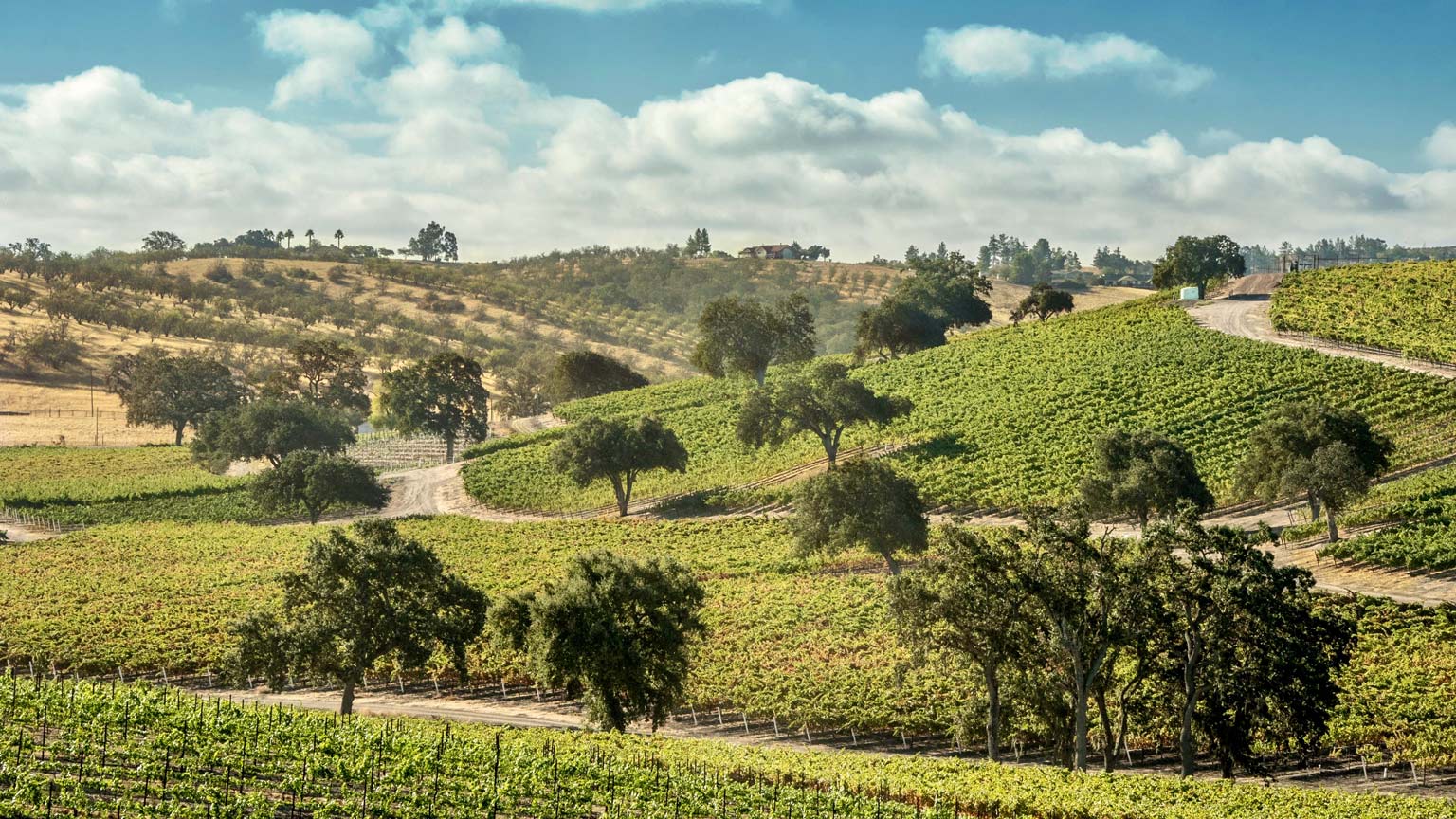Nose
Aromas of dark cherry,
blackberry, violets, and a dried mushroom
character reminiscent of a damp morning in
the Anderson Valley.
Palate
The palate shows
lighter Bing cherry, raspberry compote,
with just a hint of oak and baking spice.
Intense and bright, with great layering of
flavors and incredible persistence on the
palate.
Growing Conditions
2013 marks the third release of two Donum wines from the Angel Camp vineyard in the
“deep end” of the Anderson Valley, north of Philo, where ocean fog keeps temperatures
cool much of the summer. After a few years working this vineyard, we feel we are really
getting to know its intricacies, and the 2013s are the strongest wines to date. The
vineyard is planted to seven different clones of Pinot Noir planted in volcanic, sandy soil
at about 500 feet above sea level on a knoll with several different aspects. The Anderson
Valley bottling represents a barrel-selected blend from all of these blocks.
Harvest
After very cool growing seasons in back to back years (2011 & 2012), the 2013 vintage felt quite warm,
although it was actually close to average for Northern California. Bud break occurred very early thanks
to a warm spring, leading to concerns about an extremely early harvest, but we avoided any heat spikes
throughout the summer, which slowed things down in the vineyard. With all of our vineyards (and
seemingly everyone else’s in Sonoma and Napa) tracking around the same sugar levels, the potential for
too much fruit at once made everyone nervous, but cool weather at just the right times in early and late
September created the spacing we needed. The 2013 calendar year was very dry, but fortunately heavy
rains in November and December of 2012 provided enough moisture in the soil and water for irrigation
to last the growing season. One small rain event on September 21st and 22nd created some worries, but
little rain fell and strong winds dried the vineyards out quickly. Our harvest began at our Russian River
Vineyard on September 2, and wrapped up in Carneros on October 8.
Bottling
The wine was then racked and blended in tank, and bottled in February, 2015.
Winemaking
Due to the variety of clones and aspects planted at Angel Camp, we picked four different times over a
period of nine days, to select each block at its optimal ripeness. Clones were grouped together based on
similar ripeness levels, and co-fermented to increase complexity. On average cold-soaks lasted six days,
fermentation about a week, and then a period of maceration extended skin contact to from 20 to 26
days.
Aging
Free run juice was kept separate on all lots, and all French oak was used for ageing. We tasted
through all the lots throughout the year, ultimately deciding on our final blends in January, 2015.
Appearance
The 2013 Anderson Valley is medium ruby
in color.







